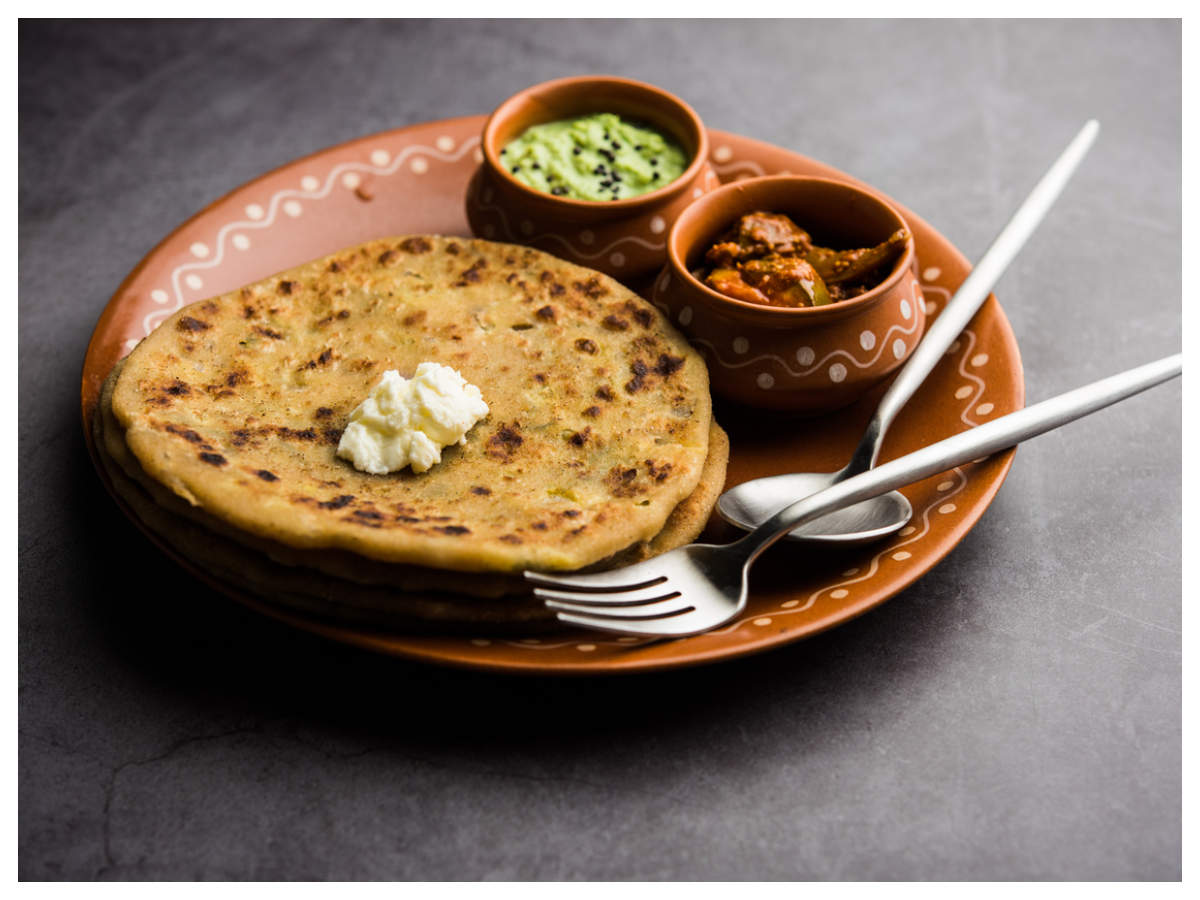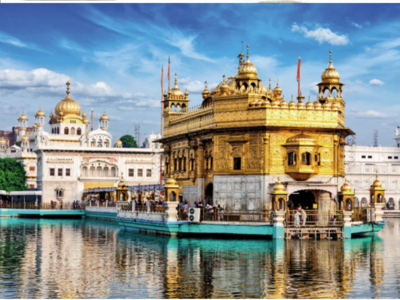
JALANDHAR: It was a determined endeavour by reformists among Sikhs to end caste discrimination by priests/mahants at Darbar Sahib, Amritsar exactly a century back on October 12, 1920 during the Gurdwara Reform Movement that became a defining moment for the SGPC formation a month later. It was followed by the birth of the Shiromani Akali Dal (SAD).
The formation of both these bodies has roots in efforts of not only throwing out morally, religiously and financially corrupt priests and mahants from historic gurdwaras, but also in ending caste discrimination practised at Darbar Sahib.
The reformist Sikhs, who accompanied the Ravidassia Sikhs on the fateful day, came from the so called upper castes – including Khatris and Jatts. They never flaunted their background and worked against casteism within the community, as envisioned by the Gurus. Graphic details of the October 12 event have been mentioned in book ‘Akali Morche Ate Jhabbar’, authored by Narain Singh, who was present at the event as a student of the Khalsa College. He, however, wrote his book on the basis of daily diary maintained by Kartar Singh Jhabbar — who played central role in freeing major gurdwaras from corrupt mahants. A lot of information was also gathered from the book ‘Gurdwara Reform Movement’ and autobiography ‘Aarsi’ of Principal Teja Singh, who played key role in taking Khalsa College professors and students along with Ravidassia Sikhs to the Darbar Sahib.
Apart from mentioning how priests would not accept ‘prasad’ from Ravidassia or Mazhabi Sikhs, they have mentioned the corrupt practices of the priests and anger in the community against them.
While describing how different Sikh bodies — including landed Sikh elites’ body Chief Khalsa Diwan — were involved in bringing low castes into Sikh fold, he also mentions that on October 12, 1920, Khalsa Brotherhood held its annual event at Jallianwala Bagh and announced to include people from outcastes in Sikh fold by Amrit Sanchar (baptising) and then to take them to Darbar Sahib.
The priests, obviously, opposed the proposal, after which Khalsa College professors and students decided to join the procession. Priests tried to fix a time for them but the reformists refused to oblige them. It was after arguments inside Darbar Sahib by Prof Bawa Harkishan Singh and a strong rebuke by Jhabbar that the head priest agreed to take Hukamnama from Guru Granth Sahib, after which priests agreed to accept ‘ardaas’ from newly converted Sikhs.
The same group of reformists, professors, students and Ravidassia Sikhs reached the Akal Takht, from where priests had fled. There, Jhabbar formed a committee of volunteers to run its affairs. Next day, the then Amritsar deputy commissioner called the reformers, including Jhabbar and Teja Singh, to his residence and conveyed that the Punjab governor had written to him that government would not interfere in Sikh affairs.
The officer then asked for names from Sikh representatives and formed a nine-member committee to run affairs of Akal Takht. This was the first step towards Sikhs getting control of Darbar Sahib. A month later, they formed the SGPC.
Former Punjab University, Chandigarh, history professor Dr Gurdarshan Singh Dhillon, who specialises on Singh Sabha movement, clarifies: "There was no ban on entry of lower castes in Darbar Sahib but priests would discriminate on acceptance of prasad offered by them or even when distributing prasad to them."
The formation of both these bodies has roots in efforts of not only throwing out morally, religiously and financially corrupt priests and mahants from historic gurdwaras, but also in ending caste discrimination practised at Darbar Sahib.
The reformist Sikhs, who accompanied the Ravidassia Sikhs on the fateful day, came from the so called upper castes – including Khatris and Jatts. They never flaunted their background and worked against casteism within the community, as envisioned by the Gurus. Graphic details of the October 12 event have been mentioned in book ‘Akali Morche Ate Jhabbar’, authored by Narain Singh, who was present at the event as a student of the Khalsa College. He, however, wrote his book on the basis of daily diary maintained by Kartar Singh Jhabbar — who played central role in freeing major gurdwaras from corrupt mahants. A lot of information was also gathered from the book ‘Gurdwara Reform Movement’ and autobiography ‘Aarsi’ of Principal Teja Singh, who played key role in taking Khalsa College professors and students along with Ravidassia Sikhs to the Darbar Sahib.
Apart from mentioning how priests would not accept ‘prasad’ from Ravidassia or Mazhabi Sikhs, they have mentioned the corrupt practices of the priests and anger in the community against them.
While describing how different Sikh bodies — including landed Sikh elites’ body Chief Khalsa Diwan — were involved in bringing low castes into Sikh fold, he also mentions that on October 12, 1920, Khalsa Brotherhood held its annual event at Jallianwala Bagh and announced to include people from outcastes in Sikh fold by Amrit Sanchar (baptising) and then to take them to Darbar Sahib.
The priests, obviously, opposed the proposal, after which Khalsa College professors and students decided to join the procession. Priests tried to fix a time for them but the reformists refused to oblige them. It was after arguments inside Darbar Sahib by Prof Bawa Harkishan Singh and a strong rebuke by Jhabbar that the head priest agreed to take Hukamnama from Guru Granth Sahib, after which priests agreed to accept ‘ardaas’ from newly converted Sikhs.
The same group of reformists, professors, students and Ravidassia Sikhs reached the Akal Takht, from where priests had fled. There, Jhabbar formed a committee of volunteers to run its affairs. Next day, the then Amritsar deputy commissioner called the reformers, including Jhabbar and Teja Singh, to his residence and conveyed that the Punjab governor had written to him that government would not interfere in Sikh affairs.
The officer then asked for names from Sikh representatives and formed a nine-member committee to run affairs of Akal Takht. This was the first step towards Sikhs getting control of Darbar Sahib. A month later, they formed the SGPC.
Former Punjab University, Chandigarh, history professor Dr Gurdarshan Singh Dhillon, who specialises on Singh Sabha movement, clarifies: "There was no ban on entry of lower castes in Darbar Sahib but priests would discriminate on acceptance of prasad offered by them or even when distributing prasad to them."

Coronavirus outbreak
Trending Topics
LATEST VIDEOS
City
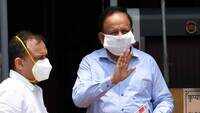 Covid-19 spread: No religion, God call for big celebrations, says Harsh Vardhan
Covid-19 spread: No religion, God call for big celebrations, says Harsh Vardhan  Shocking: Tribal man killed, body burnt over witchcraft suspicion in Andhra Pradesh
Shocking: Tribal man killed, body burnt over witchcraft suspicion in Andhra Pradesh 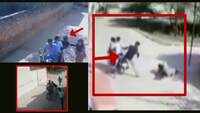 On cam: Punjab girl bravely fights off bike-borne purse snatchers
On cam: Punjab girl bravely fights off bike-borne purse snatchers 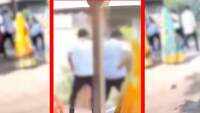 Ahmedabad: Dalit woman from a village in Banaskantha district molested by six
Ahmedabad: Dalit woman from a village in Banaskantha district molested by six
More from TOI
Navbharat Times
Featured Today in Travel
Quick Links
Delhi Air PollutionHaryana Coronavirus Helpline NumberUP Coronavirus Helpline NumberBangalore TemperatureBhopal NewsCoronavirus in DelhiCoronavirus in HyderabadHyderabad RainCoronavirus symptomsCoronavirusDelhi TemperatureAditya ThackerayShiv SenaFire in MumbaiMumbai RainsArvind KejriwalBangalore FloodsSrinagar encounter
Get the app


